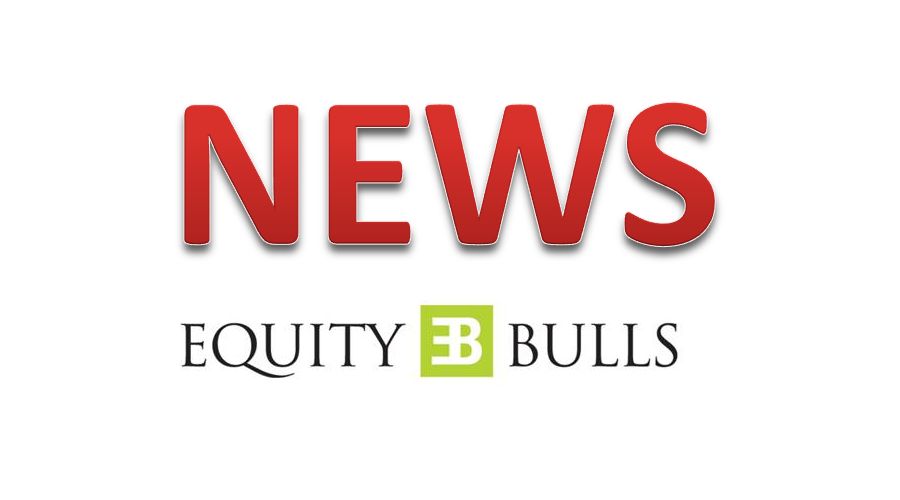 Jyoti CNC Automation Ltd Q2 FY2025-26 consolidated profit higher at Rs. 85.50 crores
Jyoti CNC Automation Ltd Q2 FY2025-26 consolidated profit higher at Rs. 85.50 crores Aarti Pharmalabs Ltd Q2FY26 consolidated net profit slides to Rs. 27.92 crores
Aarti Pharmalabs Ltd Q2FY26 consolidated net profit slides to Rs. 27.92 crores Menon Pistons Ltd consolidated Q2FY26 PAT at Rs. 6.94 crores
Menon Pistons Ltd consolidated Q2FY26 PAT at Rs. 6.94 crores Gujarat Alkalies and Chemicals Ltd announces Q2FY26 results
Gujarat Alkalies and Chemicals Ltd announces Q2FY26 results Havells India Ltd enters into settlement agreement with HPL Group
Havells India Ltd enters into settlement agreement with HPL Group
Research
SHAREKHAN SPECIAL - Q3FY2012 Banking earnings preview
Posted On : 2012-01-08 20:28:48( TIMEZONE : IST )

The Q3FY2012 results for banks will reflect the slowdown in their business growth, moderation in their margins and rise in their impaired loans. The downturn in the economy, the sharp rise in the non-performing assets (NPAs) during Q2FY2012 coupled with sector-specific issues (in infrastructure, aviation and agriculture sectors) have turned banks cautious on lending. Apart from that, a slower fee income growth in the corporate and retail segments and adverse market conditions will affect the non-interest income growth. Consequently, we estimate the net earnings of our coverage universe to grow at a slower rate of 9.6% year on year (YoY) compared with 15.6% in Q2FY2012. We expect the slippages to decline on a sequential basis but the restructured advance could increase. Going ahead, the deteriorating asset quality and the drop in the core profits remain the key challenges for banks. We prefer ICICI Bank, HDFC Bank and Bank of Baroda.
Operating performance to taper: Unlike in Q2FY2012, when a sharp increase in the margins had contributed to a steady growth in the net interest income (NII), banks (under Sharekhan's banking universe) are likely to report an NII growth of 11.6% YoY for Q3FY2012 (compared with 19.4% YoY in Q2FY2012). The public sector banks (PSBs) are likely to report a modest 10.6% YoY growth in their NIIs (1.1% sequentially) while the private banks are expected to report a growth of 14% YoY in their NIIs. We expect the net interest margin (NIM) to decline on a sequential basis due to the sticky cost of funds and lower repricing of advances compared to Q2FY2012.
Earnings growth likely to be muted: Led by a slower growth in the core income and a sluggish non-interest income growth, we estimate the net earnings would grow by around 9.6% (compared with the 15.6% year-on-year [Y-o-Y] growth in Q2FY2012) for our banking universe. We expect the provision expenses to decline on a sequential basis for most banks due to lower slippages compared with that in Q2FY2012 when system-based NPA recognition had shot up the NPAs. The private banks are likely to report a better growth (15.8% YoY) in earnings compared to the PSBs (6.5% YoY).
Credit growth moderating: The credit growth has further moderated to 17% levels (till December 16, 2011) and given the sluggish offtake in credit so far FY2012 could end with a sub-17% credit growth. Fresh credit proposals have declined significantly due to the economic slowdown and going ahead the shrinking of the credit pipeline (past sanctions) will further affect the credit growth. The year-till-date (YTD) growth in credit is 8.3% largely contributed by infrastructure, metal, retail and mortgage segments. On a sequential basis (till December 16, 2011) the credit had expanded by merely 4.5%, which is much lower compared with that in the previous year.
Valuations: We believe the banking sector will continue to underperform vis-a-vis the broader market over the next one to two quarters due to imminent asset quality issues and slowing core profits. The stocks especially the ones showing higher NPAs (such as State Bank of India, Union Bank of India, Bank of India) have declined sharply which reflects the sensitivity of prices due to asset quality deterioration. Nevertheless, the volatility will throw some opportunities to accumulate quality stocks at reasonable valuations.
While the PSBs are more vulnerable to the NPA pressures due to their higher exposure to the sensitive segments (agriculture, SME, exports, SEB), the private banks are placed better. We, therefore, remain selectively positive on the banking sector with a preference for the private banks ICICI Bank (a steady growth and reasonable valuations) and HDFC Bank (a consistent performance). In general, we remain cautious on the PSBs but prefer Bank of Baroda, which has consistently delivered on all fronts and is available at reasonable valuations.
